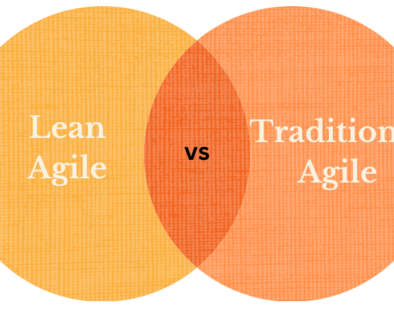Flip Your Training Script: Powerful Techniques from Training from the Back of the Room
This forward-thinking approach, often called “Training from the Back of the Room” or TBR training, is gaining momentum in the training and development world. By employing innovative back-of-the-room training techniques, trainers can effectively engage participants and create a dynamic learning environment. The strategies and methods associated with back-of-the-room Training allow for increased interaction, collaboration, and retention of information. The utilization of Training from the Back of the room supports a shift from traditional, lecture-based Training to a more participant-focused, hands-on approach. In this introduction, we will explore the valuable insights and strategies offered by back-of-the-room Training and the benefits and potential impact on training effectiveness.
What is Training from the Back of the Room (TBR) 
Training from the Back of the Room (TBR) is an approach to training that focuses on engaging learners and creating an interactive and dynamic learning environment. This technique emphasizes the use of visuals, activities, and discussions to enhance the learning experience. TBR training is based on brain-based learning principles and includes activities that cater to different learning styles, such as visual, auditory, and kinesthetic.
A key aspect of TBR training is the concept of “4C MAP”: Connection, Concept, Concrete Practice, and Conclusion. These elements are designed to structure the learning process and improve information retention. The back-of-the-room training approach involves using various techniques to actively involve participants in the learning process, such as interactive games, group discussions, and hands-on activities.
By using the Training from the Back of the Room techniques, trainers can create a more engaging and participatory learning environment, which leads to increased participant engagement and knowledge retention. This approach has gained popularity for its effectiveness in fostering a collaborative and immersive learning experience.
Powerful TBR Techniques
Powerful TBR techniques involve Training from the Back of the Room, commonly known as TBR training. TBR training incorporates innovative techniques that engage learners and enhance their understanding and retention of the material. By utilizing back-of-the-room strategies, trainers can create a dynamic, interactive learning environment that promotes active participation and knowledge retention. TBR techniques are designed to shift the focus from the trainer to the learners, encouraging collaboration, exploration, and application of concepts. As a result, training from the back of the room becomes an effective way to elevate the overall training experience and maximize learning outcomes. Whether incorporating visuals, interactive activities, or collaborative exercises, TBR techniques offer a holistic approach to training that resonates with diverse learning styles. Embracing TBR training empowers trainers to create impactful learning experiences that leave a lasting impression on participants.
Benefits of Using TBR Techniques
The benefits of using Training from the Back of the Room (TBR) techniques are substantial and impactful. TBR training methods emphasize engaging participants and promoting active learning. By incorporating TBR techniques into training sessions, trainers can create a more dynamic and participatory learning environment. TBR training encourages collaboration, problem-solving, and critical thinking among participants.
One of the main advantages of TBR techniques is the focus on brain-based learning. These methods align with how the brain best absorbs and retains information, leading to more effective learning outcomes. Additionally, TBR training facilitates long-term retention of knowledge and skills by integrating various sensory experiences.
Furthermore, incorporating TBR techniques into training sessions can enhance participant motivation and engagement. The interactive nature of TBR training captures attendees’ interest and fosters a more enjoyable learning experience. Moreover, TBR techniques allow trainers to deliver information in a visually stimulating and memorable way.
TBR techniques, including utilizing Training from the Back of the Room, back of the room training, and training back of the room, offer enhanced engagement, improved knowledge retention, and a more interactive and enjoyable learning experience for participants. These approaches align with how the brain learns best, leading to more effective training outcomes.



